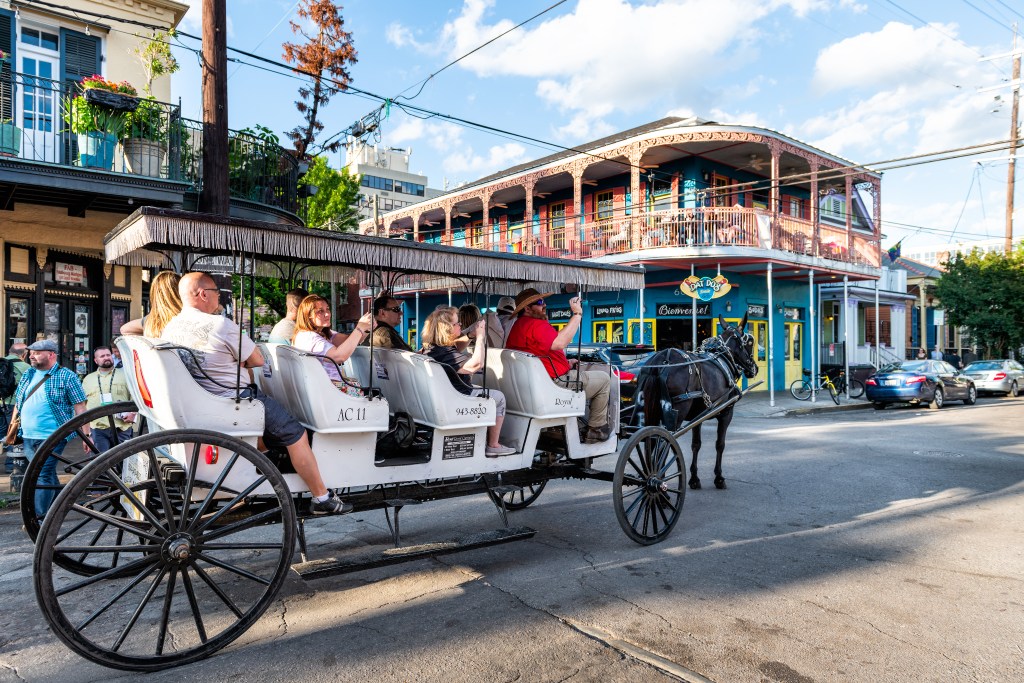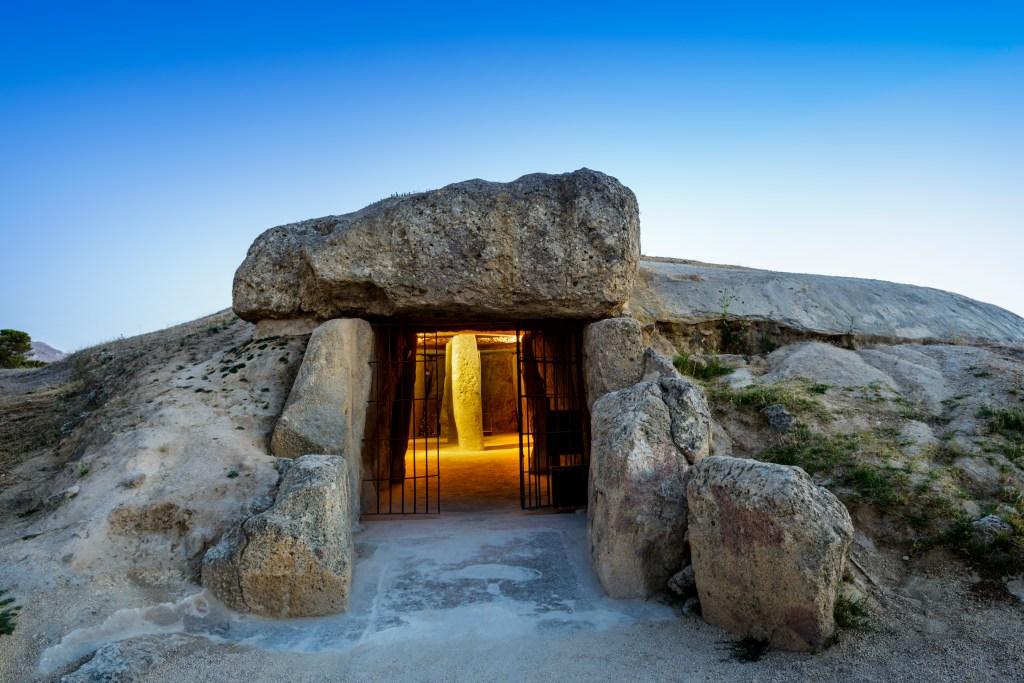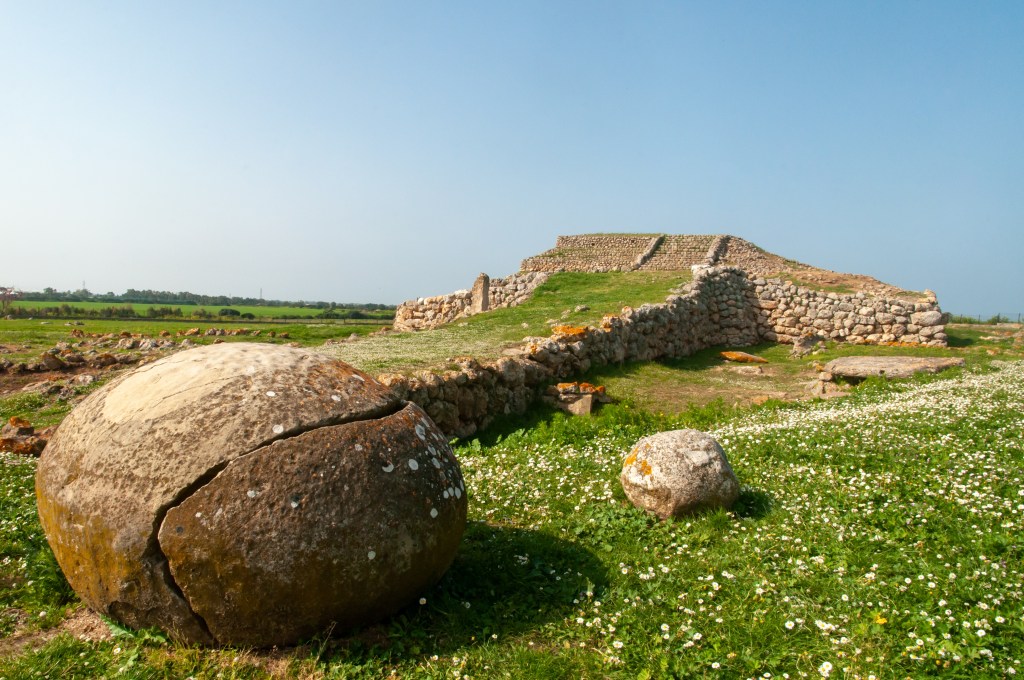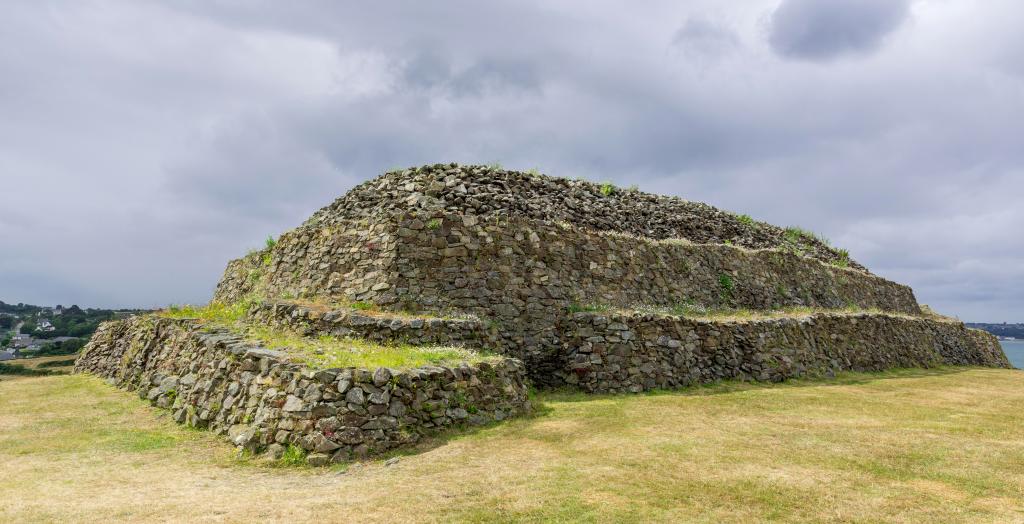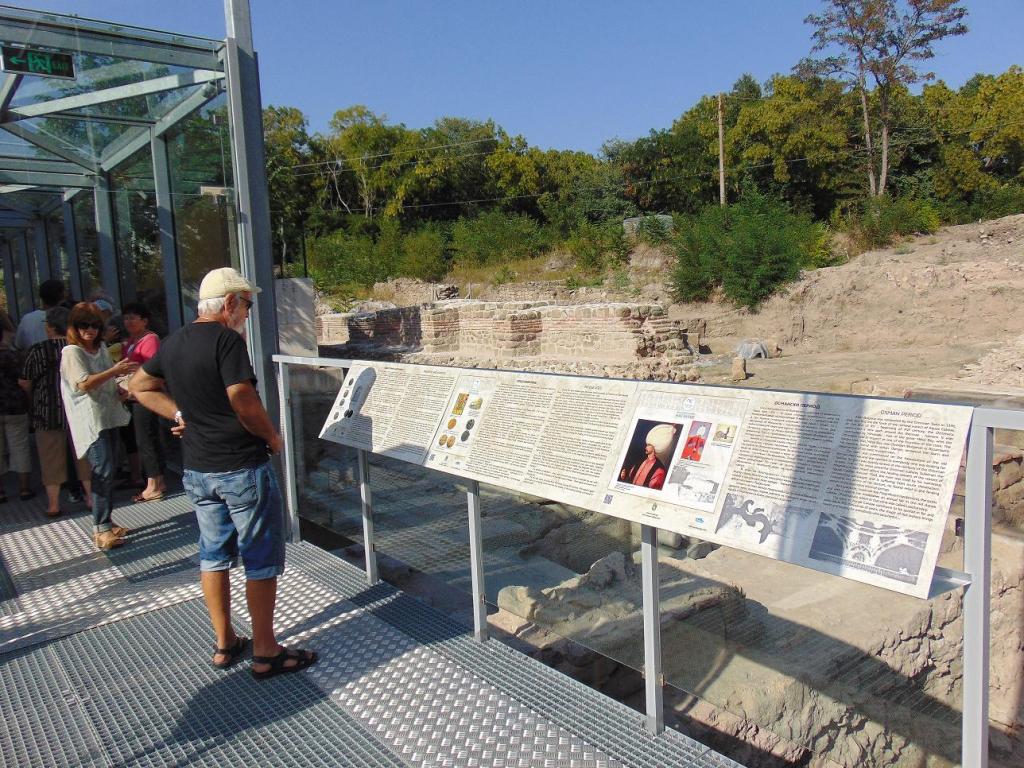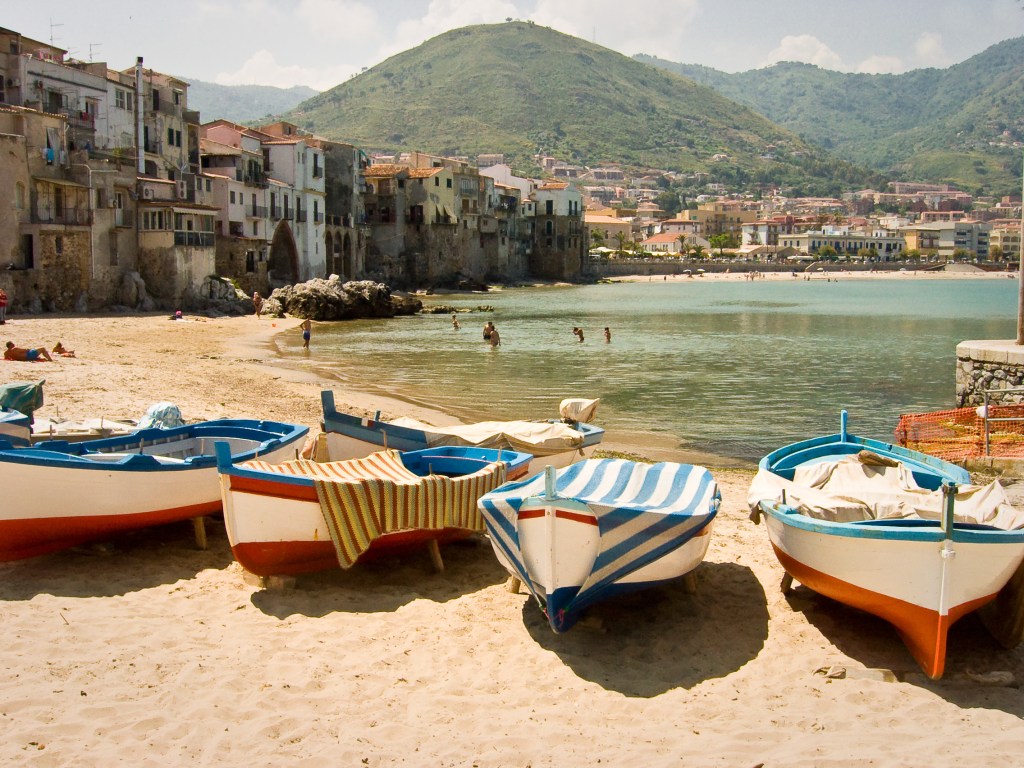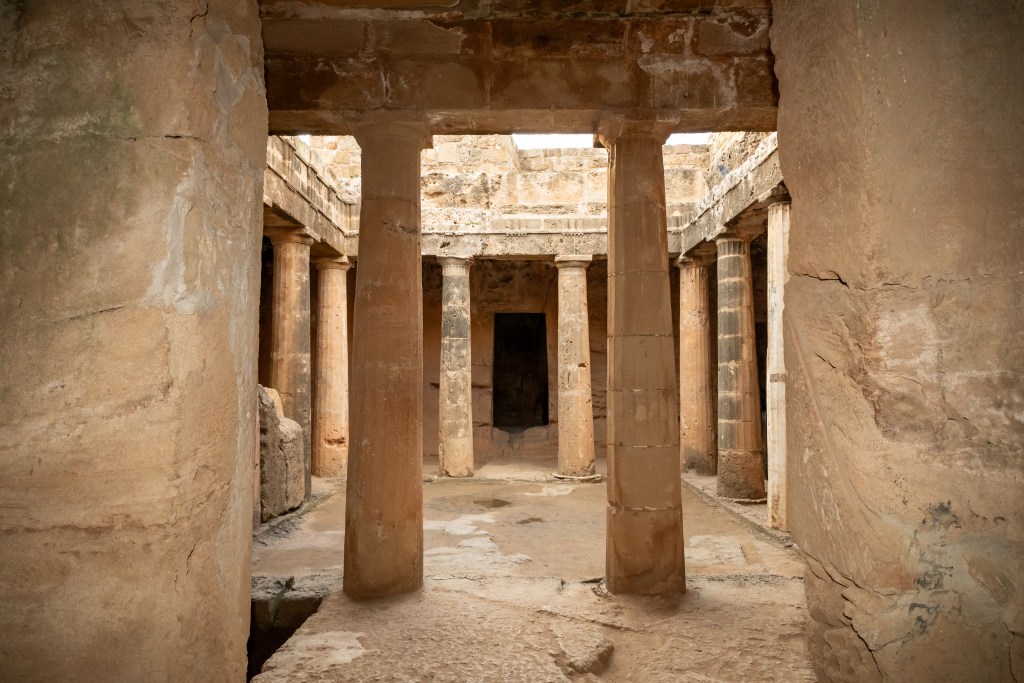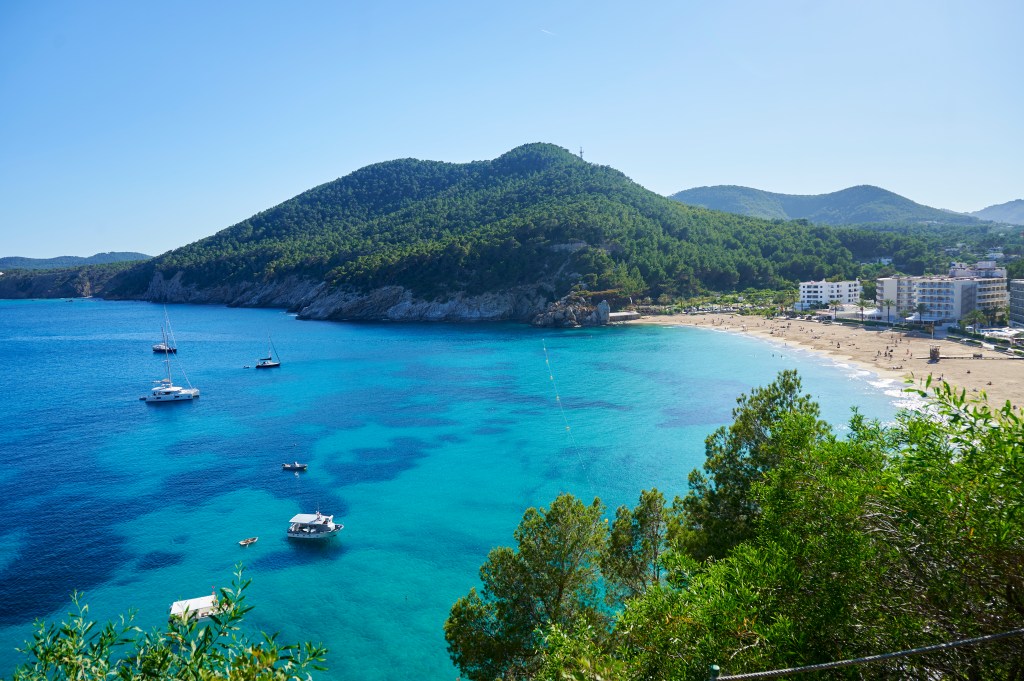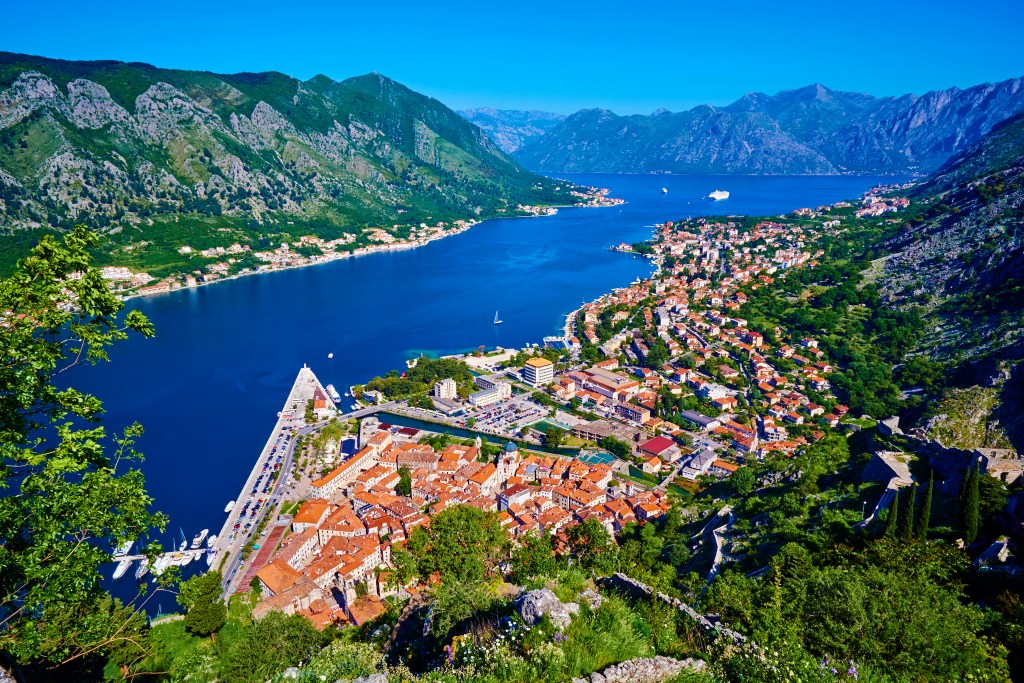I’ve never slept longer than an hour on any flight.
Not the 15-hour flight from Sydney to Los Angeles. Not the 11-hour flight from Dubai to Phnom Penh. Not the 12-hour flight from Barcelona to Atlanta.
Personally, I’ve given up on sleeping on flights.
Instead, I avoid red-eyes and try to book my long flights as early as possible so I can work on the plane. (I’m not a workaholic, I just like writing, okay?) When I land, I resist the urge to nap and, usually, by the time night falls, I’m ready to start snoring like a little goddess at my destination.
But not all travelers are as hopeless as me. If you’re able to power down on flights, consider it a superpower—one that you can develop and hone with a few savvy tips.
After all, even if you’re someone who can sleep at 35,000 feet, you might want a few pointers on how to streamline and shorten the amount of time it takes you to fall asleep.
Don’t worry—you don’t need to take my word for it. I’ve got tips from sleep expert Martin Seeley. Though he usually spends his time selling mattresses, he knows a thing or two about catching Zs in a plane seat.
6 tips on how to fall asleep on any flight
Tip #1: Go on a 30-minute walk
According to Seeley, “Studies show that just half an hour of moderate exercise can help you sleep better, and further studies have proven that women who take more steps throughout the day experience deeper sleep. So that simple 30-minute stroll will help your body prepare for rest.”
Personally, I’d recommend cruising through the duty-free section—especially if you’re at an airport that offers great deals. If the airport includes a green space, that’s also a great choice.
Tip #2: Book seats above the engine
Usually, if you want to sleep on planes you’ll avoid seats near the bathroom and service area. They’re usually brighter and noisier than other sections, with added foot traffic.
Seeley recommends booking seats that are directly above the engine. Not only does the sound help dampen noise from the cabin, but these areas are usually prone to less turbulence.
Tip #3: Update your time zone ASAP
As soon as you step onto the plane, set your clocks to the local time at your destination. According to Seeley, “This simple act can help your body’s circadian rhythm – your internal sleep-wake cycle – start adjusting to the new time zone.”
Though this won’t give your body too much of a head start, a little psychological sorcery never hurt anyone.
Tip #4: Don’t use wireless earphones
Wireless headphones might wake you up after you’ve fallen asleep, either by running out of battery (and cutting off those noise-canceling features) or by falling out of place. Seeley recommends bringing noise-canceling headphones that use wires. Or you could always opt for a product that offers both.
One of my favorite travel products is my Sony WH-1000XM3 over-ear headphones. I can charge them for up to four hours of use (via Bluetooth) or simply use the cord that comes with them. Those noise-canceling features work either way.
Tip #5: Come with a sleep-kit
Seeley insists, “A well-prepared sleep kit can make all the difference.” But what should you include, especially now that the list of sleep aids for planes is long?
Seeley recommends wearing loose-fitting clothes and compression socks, and then bringing an eye mask to block out light and a comfortable pillow that offers proper head and neck support.
Tip #6: Avoid booze at all costs
Drinking alcohol on planes is a bad idea for many reasons. I’m most concerned with factors like dehydration, hangovers, and setting you up for a bad round of jet lag. But Seeley brings up a great point—alcohol wreaks havoc on quality sleep.
If you’re hoping to get some shut-eye, alcohol might lull you into sleep, and then wake you up throughout the flight. Avoid it if you want to catch some restorative Zs.

